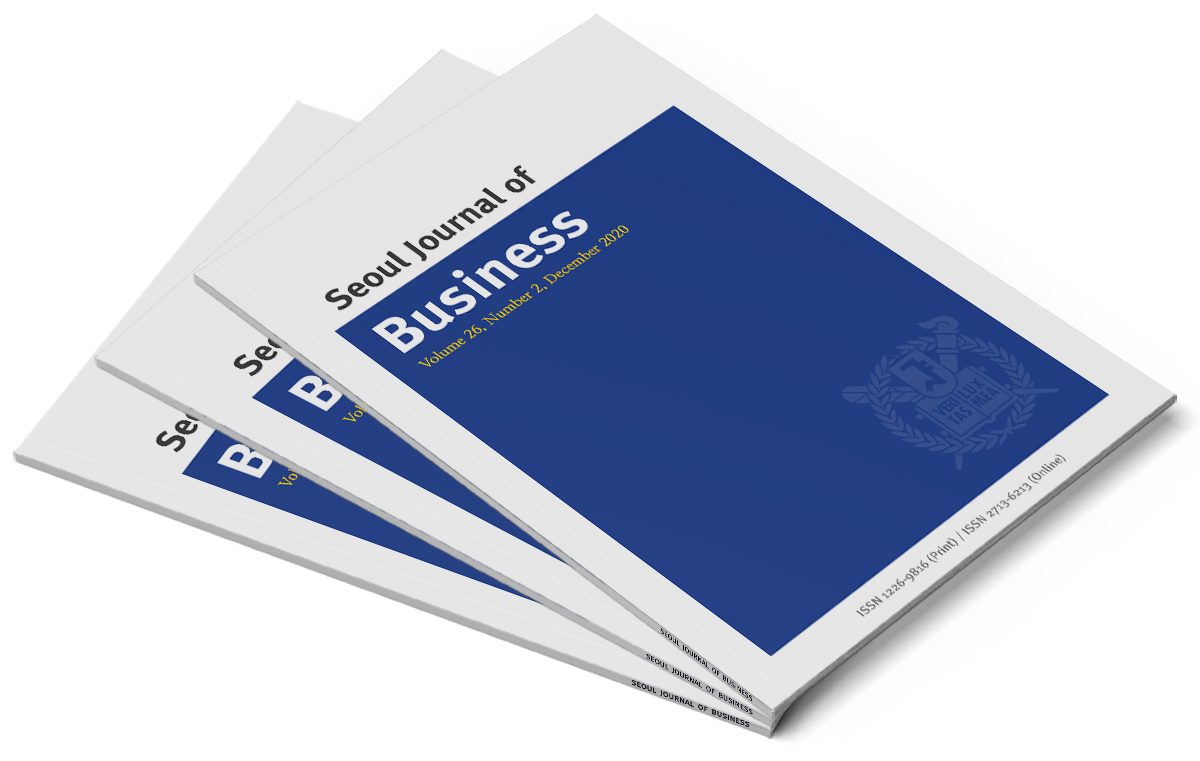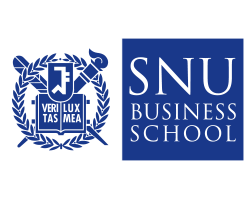Current Issue
CONTENTS of Volume 31, Number 1, June 2025
How Do Business Groups’ Patenting Activities Affect Product Markets? Evidence from Korea
Author Taejin Jung, Sehee Kim
Keywords Diversified business groups, Chaebols, Innovation, Patents, Industry dynamics
Download
This study examines how business group affiliation influences corporate innovation and its economic implications in product markets. Using patent data from Korean public firms, we find that business group-affiliated firms (i.e., chaebols) file more patents than their non-chaebol counterparts. We explore two potential mechanisms underlying this difference: the responsiveness of R&D investment to growth opportunities and intra-group knowledge spillovers. We find suggestive evidence that chaebol firms may allocate R&D more efficiently in response to investment opportunities and benefit from innovation generated by affiliated firms. Moreover, the positive effects of patents on future profitability are more pronounced for chaebol firms. Finally, while chaebols’ patenting activities are associated with increases in their market share, they does not appear to contribute to overall industry growth. Taken together, our findings highlight the role of innovation in reinforcing chaebols’ competitive advantage and market dominance.
Multi-unit chains, market competition, and product portfolio scope: Performance implications from the hospital industry
Author Joon Mahn Lee
Keywords Chain organization, local competition, product scope, firm heterogeneity, hospital
Download
We attempt to identify the benefits of multi-unit chain membership and study the boundary conditions of the effects of chain affiliation. We test our arguments in the context of the U.S. hospital industry by examining the number of hospitals affiliated with hospital systems. We find that the number of hospitals in the system is positively associated with establishment performance. We find that the level of market competition positively moderates the relationship between the number of hospitals and establishment performance. Lastly, we find that the level of product scope negatively moderates the relationship between the number of hospitals and establishment performance.
Developing a Scale for Measuring Employer Brand Personality in Korean Companies: Applying Aaker’s Brand Personality Model to the Recruitment Context
Author Jiyoung Choi, Heejae Kim, Sung-Choon Kang, Jimin Yeom
Keywords Employer image, employer brand personality, applicant attraction, recruitment strategies
Download
Classic recruitment theory suggests that applicant attraction is predicted by objective job attributes, critical recruitment contacts, and employer image. However, research on employer image has been relatively scarce. This study develops a measure of Employer Brand Personality (EBP) based on Aaker’s brand personality model and tests its validity in Korea. Using data from undergraduate and MBA students in a Korean university, we found that a five-factor model (sincerity, excitement, competence, ruggedness, and peacefulness) effectively describes the EBP of Korean companies. Results also show that EBP significantly impacts organizational attractiveness and intention to apply. Theoretical and practical implications for developing recruitment strategies are discussed.
Seoul Journal of Business

ISSN 1226-9816 (Print)
ISSN 2713-6213 (Online)
ISSN 2713-6213 (Online)


